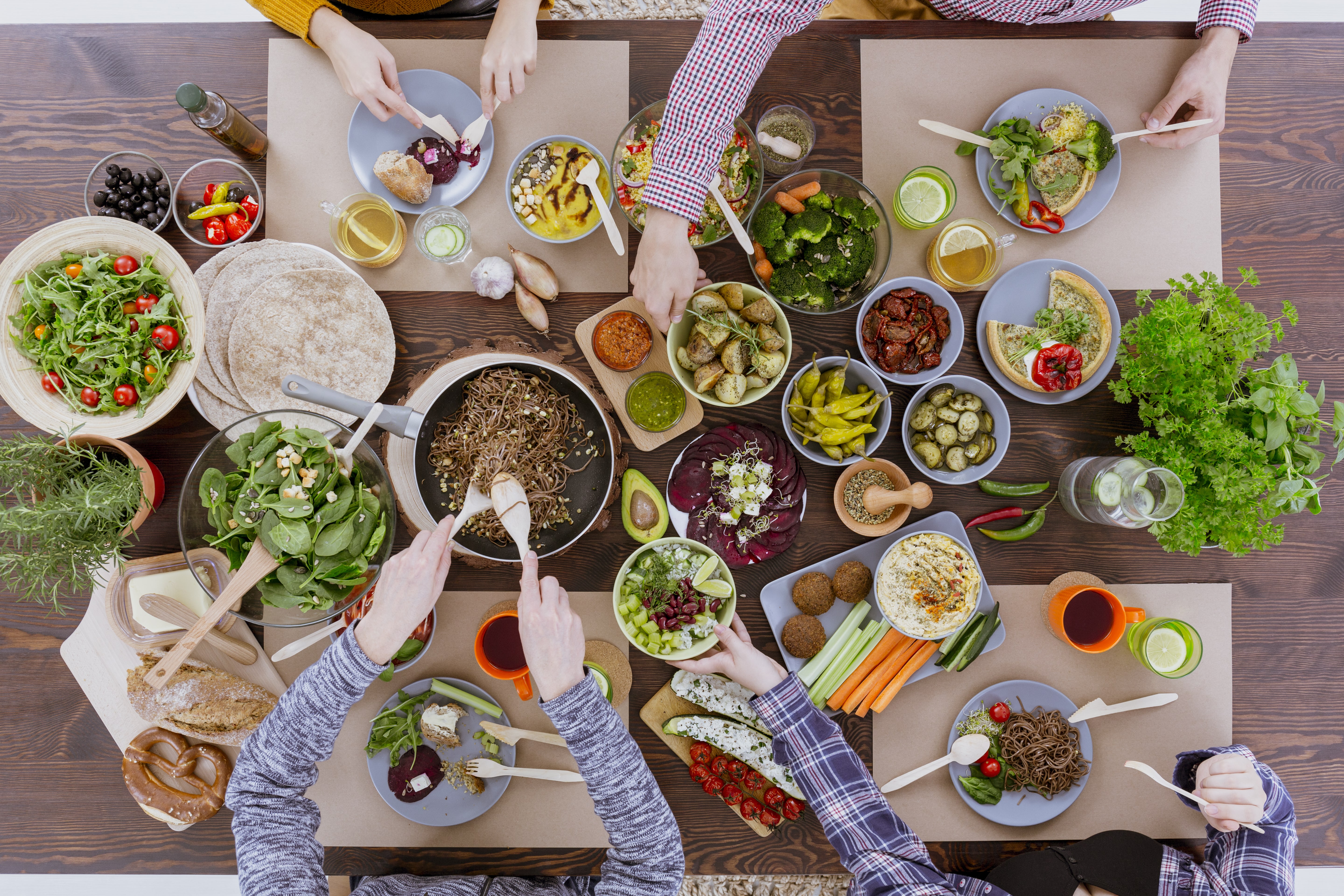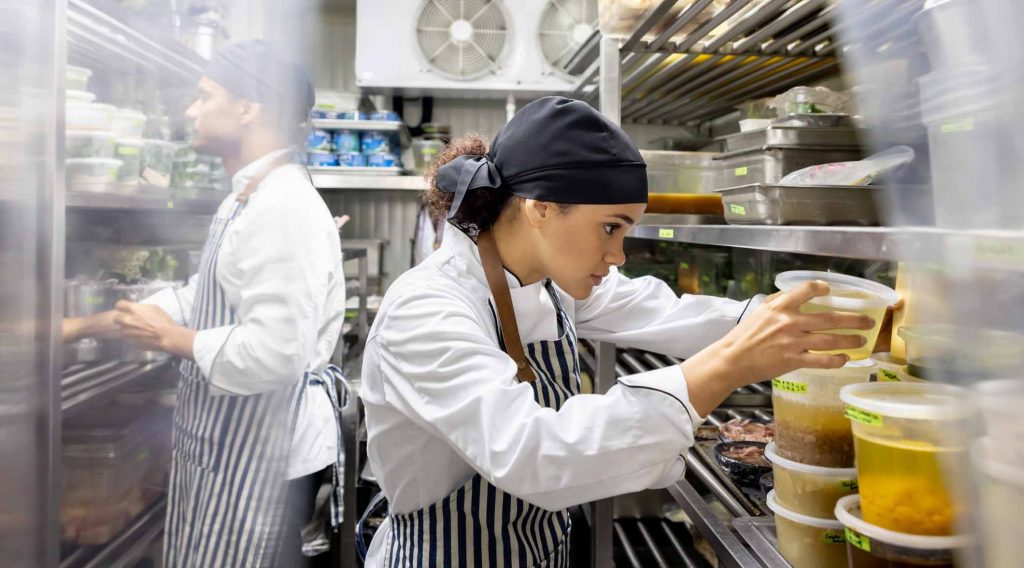
If 2017 was the year of disillusionment with big business and mass politics, 2018 is to be the year of individual revolution. No longer a case of one-size-fits-all, 2018 will welcome über-personalisation in foodservice for the EAME region.
-
Well-being
As personal well-being comes to the fore, so does the understanding that mental and physical health are intimately tied up with diet, shown by the escalating popularity of food and lifestyle bloggers Deliciously Ella and the Hemsley sisters. “Food choices will all vary on the different lifestyles and life stages people are in,” says Lucy Pedrick of UK-based Bidfood. Regina Haydon of market intelligence specialists Mintel agrees, noting that the recent focus on self-care practises means that new opportunities for brands lies in products that can promote themselves as fitting into a healthy lifestyle.
-
Flexi
2018 will see concerns about personal well-being and planetary well-being develop, with Pedrick noting that consumers are becoming “more mindful about meat production, and aware of the nutritional benefits of vegetables”. Mintel’s Meat-Free Foods UK Market Report saw 28% of Brits reduce their meat consumption from March to August of 2017, and Statista have reported that 13% of Europeans now avoid red meat. But foodservice retailers are aware that not everyone can easily switch to a solely plant-based lifestyle, with many consumers opting for a ‘Flexitarian’ lifestyle. Popular franchise restaurants such as Wagamama are now offering alternative vegan and vegetarian menus, while still embracing their more meaty offerings.
-
Clean-labelling
Consumers favouring products that can guarantee a minimal environmental impact has lead to a corresponding jump in clean-labelling by F&B retailers, and will continue to do so into the next year. From 2016 to 2017 alone, Mintel found that ethical, environmental and natural promises appeared on 29% of global food and drink launches. The urge from consumers for companies to be transparent about their production methods has been reflected by the UK and French governments – both countries will see slaughterhouses fitted with CCTV equipment in 2018 to ensure ethical practises are maintained.
-
Indulgence
The focus on health won’t be all-encompassing, however – Haydon predicts 2018 to be the year of the balanced diet, which welcomes both nutritious options and occasional indulgence. Waitrose’s Food and Drink Report 2017 equally recognises a sharp dip in the prevalence of fad diets, with a reported ¾ of shoppers opting for a common-sense approach over strict regimens. Retailers have already begun to capitalise on this shift in consumer behaviour, with Green & Black’s launching their ‘Thin’ range of chocolates in the Netherlands, and Oreo introducing their ‘Crispy and Thins’ to the Danish market.
-
North Africa
As consumers continue to self-educate on ingredients’ nutritional value, a demand for new flavours to replace salt and sugar content will arise. Pedrick notes the surge in popularity of North African seasonings, “consumers can change the flavour profile of their dishes away from sweet or salty using new herbs. To the same extent, those spices and herbs can add a nutritional element as well.” Mintel’s Tom Vierhile believes there is a gap in the market for gourmet food and drink incorporating African flavours. With Mintel reporting that 37% of global consumers want to try something new when eating out, innovation with spices such as the already popular harissa flavour is set to boom in 2018.
-
Texture
We’ve seen charcoal burger buns, matcha lattes and rainbow bagels – colour has been done, and now its texture’s turn. The obsession with instagrammable dining experiences will not die down as food-dye trends fade, but instead refocus onto new sensations. Haydon reports that 16-24 year olds are keen to see multisensory food, a trend already well established in Asia. With Japan and China as models for unexpected applications of texture and flavours, food innovation is set to follow on from the likes of Japan’s extra-carbonated Pepsi 5.0.
-
Snackification
Waitrose’s Report dubbed it the ‘4th meal’ trend; Pedrick is referring to it as ‘snackification’; and Mintel are calling it ‘on-the-go’. Whatever you call it, there is no doubt that as consumers, we are eating less, more often. Busier lives mean faster food, but Pedrick notes that “now, it will be a case of finding those healthy alternatives” in grab-and-go snacking.
-
Data drive
Data will lead to what Mintel has coined “a new era of personalisation”. Online food shopping, which is experiencing growth in EAME regions, will become a data-driven environment – Netherlands-based convenience store, HEMA, is now offering customers personalised offers through a mobile app. While Haydon notes that this could spell trouble for brand discovery and loyalty, as consumers opt for the best deal, GDPR restrictions may mean that foodservice operators will have to be creative in their endeavours.
Emily Lewis




